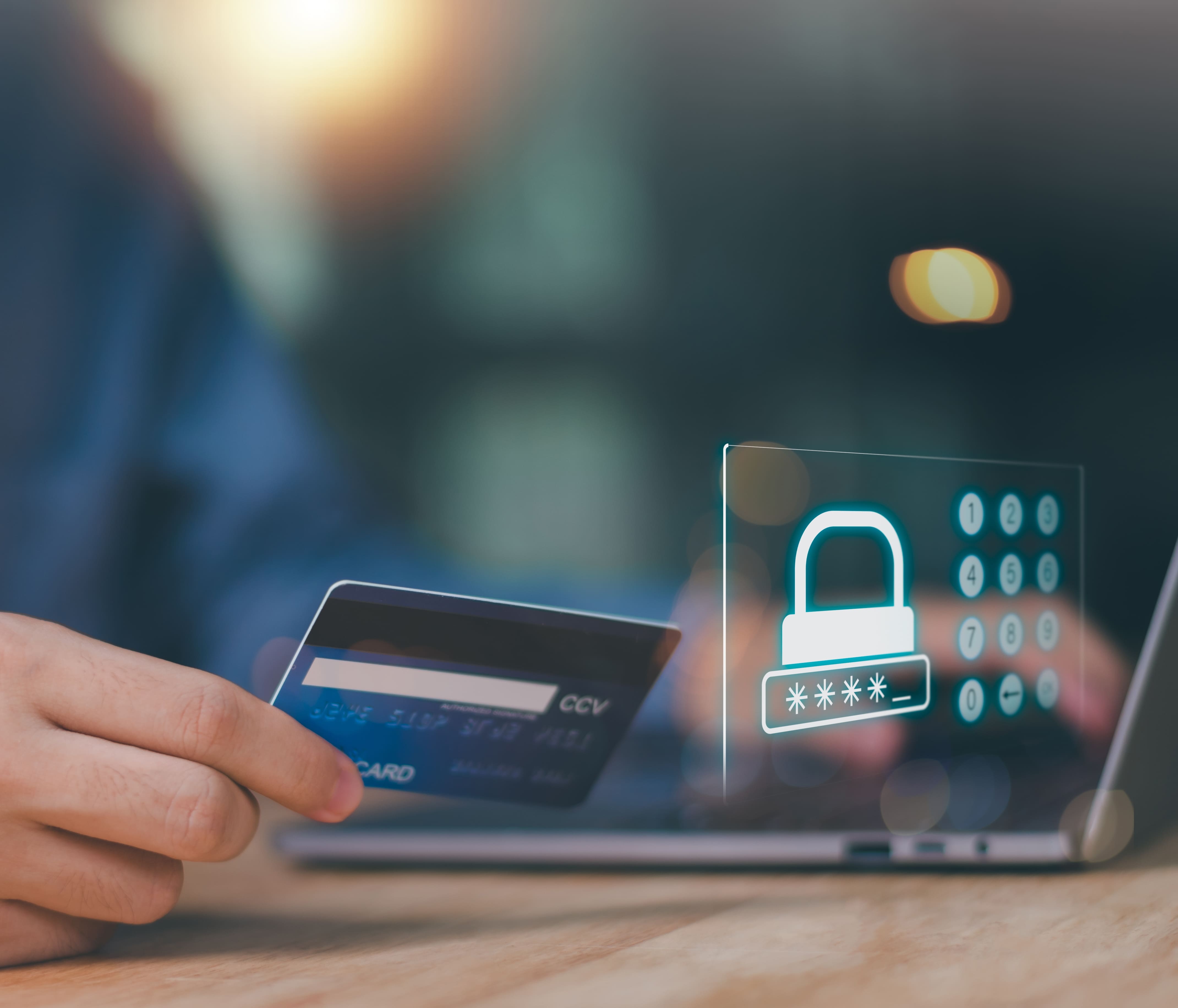Protect Your Money from Common Frauds
Bank cards have become an essential tool in our daily lives. However, their increasing use has also led to an increase in card-related fraud.
The European Banking Authority (EBA) warns that fraudsters have adapted their techniques, using fraud methods of a more complex nature based on social engineering.
Knowing the most common frauds and learning how to prevent them is key to avoiding unpleasant situations. Here we explain the most common card frauds and give you some basic tips on how to avoid them.
1. Phishing fraud
Phishing Phishing is a method in which criminals try to trick you into revealing sensitive information, such as card numbers and security codes, through emails, text messages (Smishing) or fake calls (Vishing) pretending to be phone companies, electricity companies, among others.
They aim to pressure you to act quickly, using an urgent tone such as "account blocking," "suspicious activity," or even "tax refund" to steal personal information such as your passwords, username, personal data or credit card numbers, and perform phishing, or infect your device with malware, compromising your security.
A common example is the theft of data in cyber-attacks on large companies. Attackers steal non-financial data from their customers, taking advantage of these leaks to send mass SMS messages with fraudulent links to steal financial data.
How can this be avoided?
- Never click on suspicious links you receive by email or SMS.
- Verify the authenticity of messages from parcel delivery companies, purchase refunds or taxes. Do not click directly on links. Access the official website first or call the company to verify the information.
- Do not share bank details over the phone with anyone, even if they tell you they are calling on behalf of your Financial Entity. Hang up and call them yourself to take advantage of any offers.
- Make sure of the authenticity of websites before entering your information. Your personal data is very valuable, do not give it out on just any website.
2. Unauthorised Use Fraud
This fraud occurs when fraudsters obtain your card details (number, expiry date and security code) and use them to make purchases without your consent. Often, this data is obtained through database leaks or purchases on unsecured sites.
How can this be avoided?
- Do not store your card details on unknown websites or applications. If you have entered your details on a website and become aware of a data breach, be alert - they may try to contact you by phone or message to obtain your security credentials.
- Check that online shops are safe. Seek feedback on other people's payment experiences.
- Be wary of outlets of well-known brands at very good prices, not even when you see them on social networks you trust. There are many cases of this type of baiting on social networks with the sole purpose of obtaining your card details.
- Regularly review your account transactions and report any suspicious charges, no matter how small.
- If you have doubts that your data may have been compromised, check with your bank about the possibility of limiting your card transactions. If in doubt, block your card completely.
3. Card Theft and Face-to-Face Fraud
Physical card theft remains a frequent problem. Criminals can use the stolen card at physical establishments or ATMs and can even register them in payment wallets before the cardholder blocks the card.
How can this be avoided?
- Activate notifications from your Financial Entity to ensure that you receive any movements in your accounts.
- Notify your bank immediately if you lose your card and block your card as soon as possible.
- Keep your PIN secret, memorise it and avoid writing it down in any format, whether digital or physical.
- When entering your PIN at ATMs or payment terminals, cover the keypad with your hand to prevent the public from seeing it.
4. Fraudulent purchases
Scammers set up fake online shops that look legitimate to lure consumers and steal their card details or money without sending the promised products. It is common for these shops to advertise on trusted social networks.
How can this be avoided?
- Research the shops before buying, do not be swayed by irresistible offers.
- If you do not see the movement of money in your bank account, be suspicious and notify your bank.

The Importance of Prevention
According to our Fraud Prevention Service 2024, early detection of fraud and communication to both issuers and schemes has meant that currently only 0.5% of compromised cards are successful.
The best way to avoid card fraud is to stay informed and be cautious about the use of your bank details. Adopting security habits, regularly reviewing your transactions and using protection tools offered by banks can make the difference between a safe financial experience. If you suspect you have been a victim of fraud, contact your Financial Entity immediately. Your security codes identify you, do not give anyone the ability to impersonate you.
Protecting your money is in your hands!